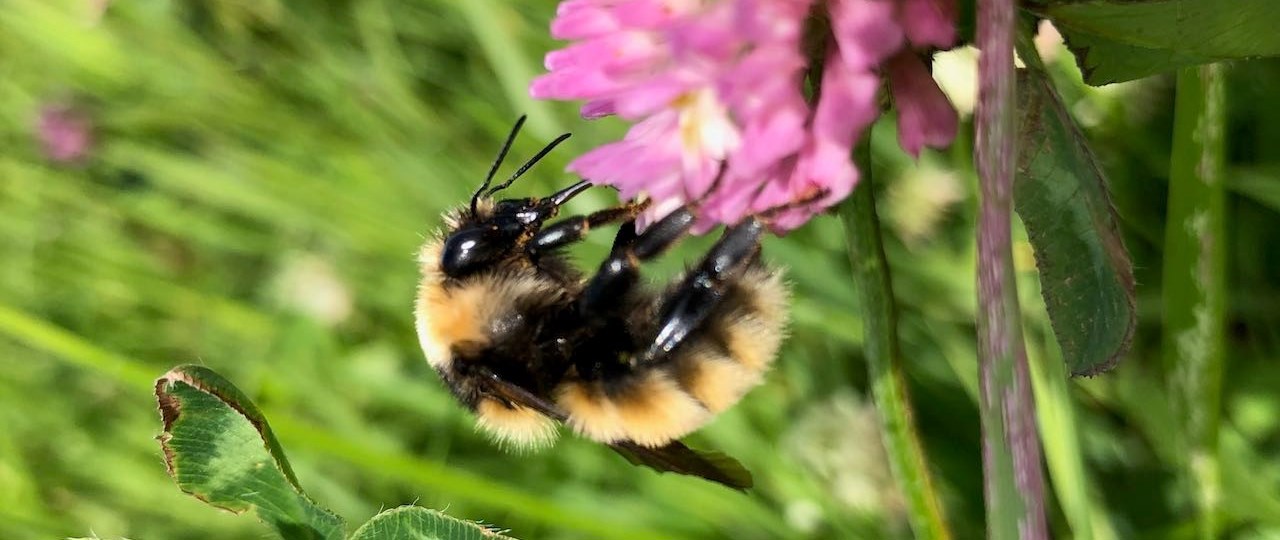Biodiversity – inventory of flowers and pollinating insects

The natural ecosystems are disappearing, and biological diversity is decreasing because of increased exploitation of our nature. The decrease in the number of species and pollinating insects has become a global environmental problem. We are inventorying flowers and pollinating insects to in the long term increase the biological diversity and create a better environment for the existing species.
About the project
When left to its own devices, nature grows a wonderful mix of trees, shrubs and plants where animals and insects can live together in a symbiosis. All this forms a natural ecosystem. When we cultivate farmland, fell trees and start working the soil, we affect these natural ecosystems. Despite our best efforts, all types of agriculture and forestry will always have some level of impact on wildlife and nature. For example, farmland involves removing trees and shrubs that have grown naturally and replacing them with monocultures. This can result in the loss of pollinating and other insects, or the disruption of the natural flight paths of wildlife. The decline of pollinating insects has long been recognized in many parts of the world and is a global environmental problem that needs to be addressed now. Food production is entirely dependent on the presence of pollinating insects.
That's why we at the Department of natural resources are doing our utmost to promote biodiversity in all our schools and to spread knowledge about it to our students, staff and farmers in the region. We work continuously to promote and monitor biodiversity in and around our fields. We plant flower strips at the edges of our fields to benefit pollinating insects and shrubbery around wells to create a better environment for birds. We have also kept records of pollinating insects at certain locations, with the intention of returning to these locations every few years. The records so far have shown a slight decline in the number of pollinating insects, which is why we have also tried to keep records of flowers since last year. We hope to be able to continue this work and hopefully get a better overall picture of which flowers grow where and the interaction between pollinators and flowers. This information will hopefully help us make better decisions about the management of our lands. The management of sown flower strips, "natural" flowering roadsides and sown clover fields should be able to be adapted so as not to disadvantage pollinating insects, while simultaneously allowing the fields to continue producing food in the long term.
Our understanding is that the work with keeping records of both pollinators and flowers in such a systematic way as we do is fairly unique in Sweden. We hope to build a database that can also inspire and be used by other actors.
Project summary
STATUS
Ongoing
OUR ROLE IN THE PROJECT
Project owner
PROJECT START
2021-01-01